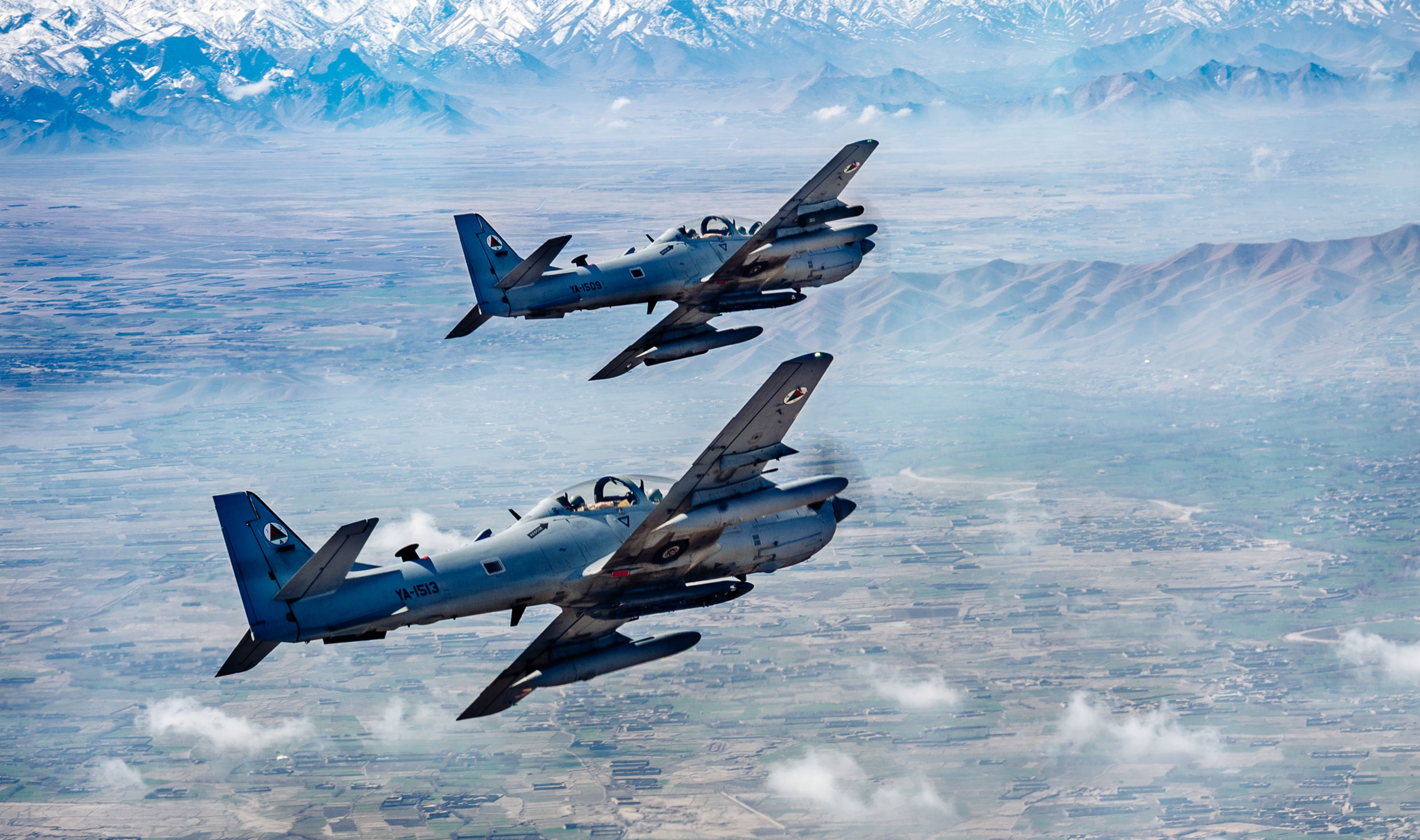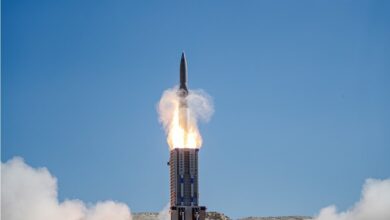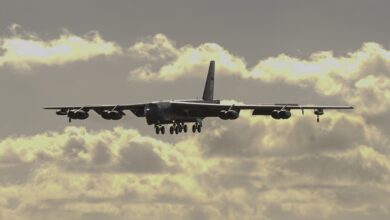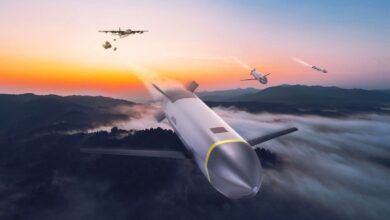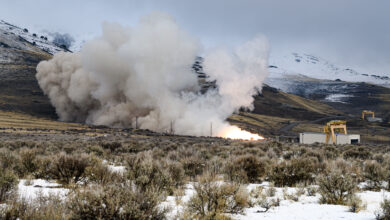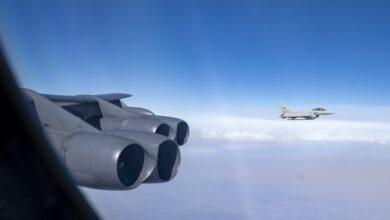Two more A-29 Super Tucano aircraft delivered to US Air Force Afghanistan Program
Two more A-29 Super Tucano light attack aircraft were delivered this week to the U.S. Air Force for its Afghanistan Program, the plane’s manufacturer said in a release.
U.S. A-29s are built in Jacksonville, Florida in a partnership between Sierra Nevada Corporation and Brazil’s Embraer, and the pair of aircraft were delivered five months earlier than expected, the Thursday, April 26 release said.
In October, The U.S. Air Force ordered six additional A-29 Super Tucano aircraft for the Afghan Air Force, bringing to 26 the total number of planes to be supplied under the Afghanistan Program, with 12 aircraft currently in the country and available for AAF use. Another seven aircraft are currently used for pilot training at Moody Air Force Base, Georgia. One further A-29 crashed during training in March 2017 and has not yet been replaced.
The aircraft at Moody are to be transferred to Afghanistan in “coming weeks,” The Diplomat reported at the end of March.
According to Tolo News, officials have said they expect all aircraft on order to be delivered by the end of the year, bringing the fleet up to 25.

A-29s carry out one third of Afghan airstrikes
Afghan Air Force A-29 light attack aircraft now conduct one third of all airstrikes, five of the 15 carried out in the country each day, the Afghan defense ministry said on April 14, Tolo News reported.
The AAF first conducted airstrikes using the A-29 in April 2016, and in November, Afghan Air Force A-29s conducted the first strike in Operation Jagged Knife, the new campaign against Taliban drug production facilities.
On March 22, a GBU-58 laser-guided bomb was deployed against a Taliban target in western Afghanistan, the first time an Afghan Air Force A-29 has used a laser-guided bomb in combat.

“The training of the Afghanistan Air Force and the introduction of the A-29 Super Tucano attacker plane is an outright success story,” the deputy air commander of CJTF-OIR’s land component Brigadier General Andrew Croft told The Defense Post in an interview in November.
“These aircraft have a high speed and are accurate in targeting, which is all done through its electronic devices,” Afghanistan defense ministry spokesman Mohammad Radmanish said. “We mostly use these aircraft in the east, south, west and north of the country.”
“These aircraft have done a good job. We want [the US] to increase the number of A-29 and also give Afghan forces more modern aircraft to carry out much better operations,” Nisar Ahmad Ghoryani, head of the defense commission of Afghanistan’s parliament recently said.
In recent months, Afghan air power has increasingly been used to support Afghan forces operations across the country, although there has been criticism over incidents causing civilian casualties.
Earlier this month, helicopters carried out an airstrike targeting the Taliban killed and injured dozens of civilians in a religious school in Kunduz province. The U.N. said it will investigate the incident.
MORE Deadly airstrike on school is latest blow to Afghanistan peace prospects

A durable and flexible aircraft
“We are proud to continue our support of the Air Force’s A-29 Afghanistan Program as it is not only a testament to the capability of the Super Tucano, but also to its ease of operation and cost effectiveness,” said Taco Gilbert, senior vice president for Sierra Nevada’s IAS business area
The A-29 is a durable and flexible aircraft designed for counter-insurgency and close air support roles. It can also be used for reconnaissance missions in low-threat environments and for pilot training, and is capable of operating from unimproved runways.
The aircraft is equipped with advanced avionics, an electro-optical, infrared and laser targeting system, as well as communications and datalinks to enhance its combat capability.
The Super Tucano is relatively cheap to buy, fly and maintain, costing around $18 million each depending on configuration and about $1,000 per flying hour. It is powered by a variant of the world’s most popular turboprop engine – the Pratt & Whitney Canada PT 6 – rather than a jet.
According to Sierra Nevada, the A-29 Super Tucano has been selected by 14 air forces on three continents and has logged more than 320,000 flight hours and more than 40,000 combat hours.
In December, Nigeria said the U.S. had agreed to sell 12 A-29 aircraft for the Nigerian Air Force, and in November, the Philippines ordered six Super Tucanos as part of the Philippine Air Force’s ongoing modernization plan.
In October, the Lebanese Army received two of at least six A-29 Super Tucanos it ordered using a $1 billion grant received from Saudi Arabia in 2014. The contract for the planes is expected to be completed by July 2019. Lebanese pilots train on the aircraft in the U.S.

